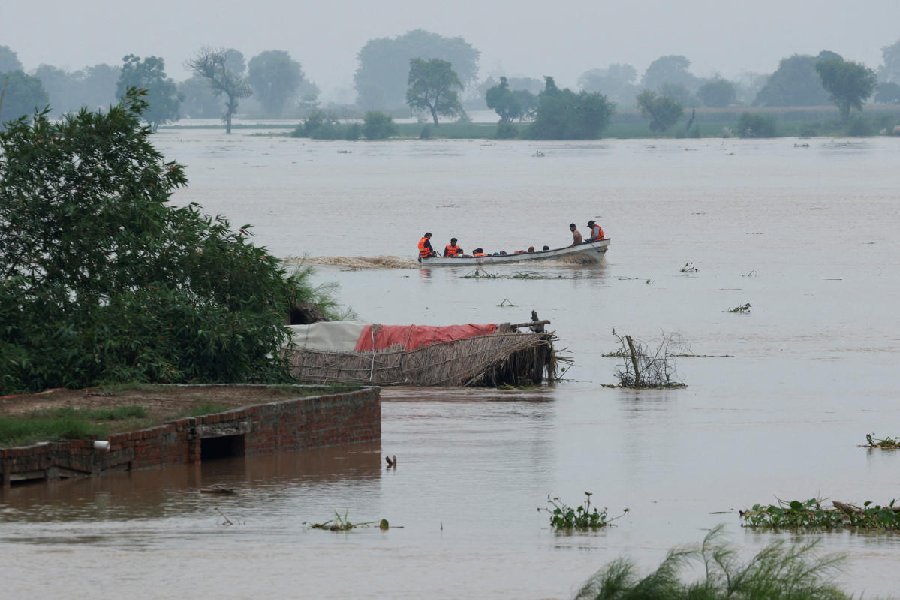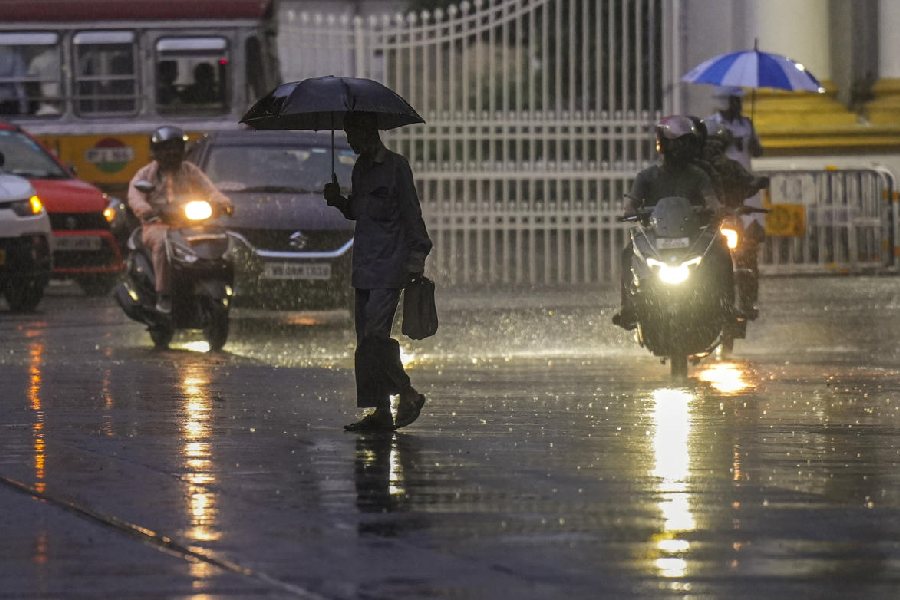How safe is your LPG cylinder? And are you getting the right amount of gas? Don’t forget to get your cylinder checked by the delivery-man on the spot while paying for a new one. Come New Year, it will become mandatory for LPG dealers to measure the contents and check a cylinder for leaks before delivery.
Concerned over the growing number of allegations of poor-quality gas and weight loss in domestic cylinders, the Indian Oil Corporation (IOC) has decided to introduce a check with a sophisticated device developed by it. This will help ascertain the net weight of gas, whether it is pure or not and if there is any leak in the cylinder.
“Authorised representatives of LPG dealers, who deliver refills to consumers, will carry the device and test the cylinder on the spot, in the presence of the consumer, before handing it over. It will be mandatory to carry the device and test each and every new refill before delivery,’’ said IOC general manager P.K. Basu.
The IOC will launch a campaign to make people aware of the new system and inform them of the proper quantity and quality of LPG. “A large number of people do not know the net weight of LPG and cannot detect a leak,’’ he said.
In domestic cylinders, the net content of gas should be 14.2 kg, and the weight of an empty cylinder is 16 to18 kg. The weight of an empty cylinder is printed on the body. So, the weight of a new cylinder should be between 30.2 kg and 32.2 kg. In industrial cylinders, meant for hotels and restaurants, the net content of LPG is 19 kg.
“We urge consumers not to accept a cylinder unless it has been checked by the new device. If there is any indication of low content or a leak, refuse to accept the cylinder and ask the dealer to replace it,’’ general manager Basu asserted.
The decision of the oil company comes in the wake of a deluge of complaints on low content of gas. Officials admitted that there is a racket in selling half-used or partly-used LPG cylinders. Some people, in cahoots with a number of dealers and their employees, provide cylinders to caterers or restaurant-owners for use for a couple of days and then take them back. These partly-used cylinders are resold to household consumers.
As there is no system of checking the contents, officials said, consumers often complain about cylinders without enough gas. “We have received complaints about the content of gas in a new cylinder and also its poor quality,’’ Basu said.











